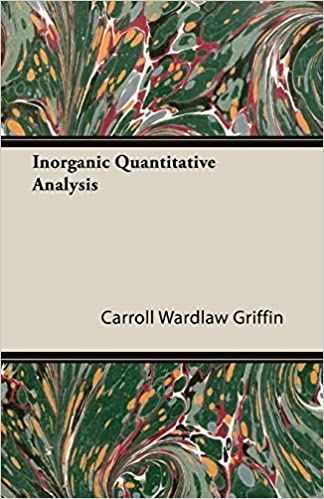

Direct determination of aluminum with EDTA is impossible - complexation reaction is too slow, making titration impractical. However, there are not many simple methods of aluminum determination, and complex stability constant for Al 3+ is so high, that EDTA titration is tempting. Of several possible solutions back titration proves to be the best approach. EDTA and aluminum are allowed to react in the hot solution for several minutes, then excess EDTA can be fast and easily titrated with Zn 2+ .
If solution was prepared by dissolving sample containing Al in a strong acid, it may have very low pH. Buffer we use during the determination - pH 5.5 acetate - is relatively far from its maximum buffer capacity, and as such not as effective as it would be closer to pH 4.75. Thus for the best results it is better to neutralize excess acid with ammonia before adding buffer solution.
In this particular titration sharpest end point is visible when using rather unexpected redox indicator. See below for details.
Reactions taking place during titration are - at first
Al 3+ + EDTA 4- → AlEDTA -
(this is the slow part), then
Zn 2+ + EDTA 4- → ZnEDTA 2-
which is fast enough for use in direct titration.
Finally, we should mention reaction that is responsible for the end point detection - that is, precipitation of the zinc ferrocyanide:
For the best accuracy amount of the excess EDTA titrated with zinc should be similar to the amount of EDTA reacting directly with Al 3+ . Let's assume we will use 0.05 M EDTA and we will add exactly 100 mL of the solution to the sample - that means 5 millimoles of EDTA. Now, let's further assume we will use 0.05 M zinc titrant and 50 mL burette. If so, we can titrate somewhere between 1.75-2.25 millimoles of EDTA excess. That in turn means original solution can contain somewhere between 2.75-3.25 millimole of Al (0.74-0.88 g). Recipe below is designed for half the amount of aluminum, as it was originally used with 50 ml single volume pipette and 25 mL burette.
End point is detected with a redox indicator - 3,3'-dimethylnaphthidine. Before titration we add small amounts of both ferricyanide and ferrocyanide to the solution, together with the indicator. After the end point added excess of zinc precipitates ferrocyanide, changing redox potential of the solution and oxidizing dimethylnaphthidine.
To perform titration we will need 0.05 M EDTA solution, 0.05 M zinc solution, acetate pH 4.0 buffer, ferricyanide and ferrocyanide mix and indicator - 0.5% solution of 3,3'-dimethylnaphthidine in glacial acetic acid.
As in every back titration, to calculate amount of substance we have to subtract amount of titrated excess from the initial amount of reactant used. In the case of EDTA calculations are easy, thanks to the fact it always reacts with metals on the 1:1 basis.
First we have to calculate number of moles of EDTA initially added to the Al sample. Assuming it was 50 mL of 0.05 M solution, it contained 2.5 millimole of EDTA. Then, excess was titrated according to the reaction equation:
Zn 2+ + EDTA 4- → ZnEDTA 2-
Thus amount of excess EDTA is C×V, and amount of Al is 0.0025-C×V moles.
Main possible problems are those listed as general sources of titration errors. However, as in every back titration, we measure more volumes, so final error must be higher than in the case of direct titration.


by Carroll Wardlaw Griffin